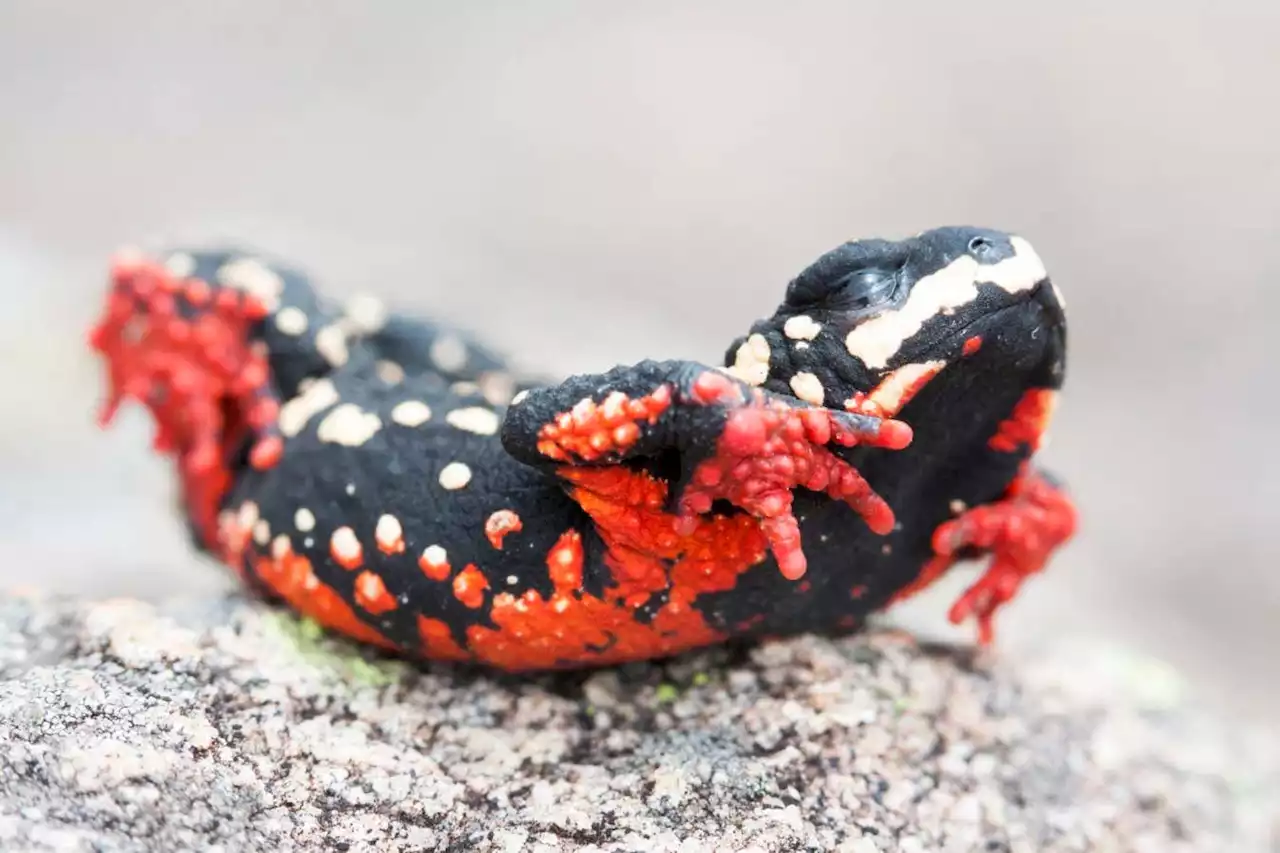Amphibians with vivid colours to warn predators they are poisonous or bad-tasting typically evolve from species that only show their colours when they flee or deliberately display them
. It is hard to see why mutations making animals brightly coloured would be beneficial and spread, because the first few animals with that trait would be much more likely to be caught by predators.
However, there are amphibians, such as fire-bellied toads, that have vivid colours only on body parts that are normally hidden. Such animals remain camouflaged at most times, but they may display their vivid colours when they are threatened or when fleeing a predator.A monthly celebration of the biodiversity of our planet’s animals, plants and other organisms.Loeffler-Henry and his colleagues wondered if this could explain the paradox.
“For amphibians, this seems to be the primary route,” says Loeffler-Henry. “It does resolve the paradox for amphibians, I would say.”Gary Nafis at Oregon State University. “It will really change the range of processes we think about when we consider warning signal evolution.”
United States Latest News, United States Headlines
Similar News:You can also read news stories similar to this one that we have collected from other news sources.
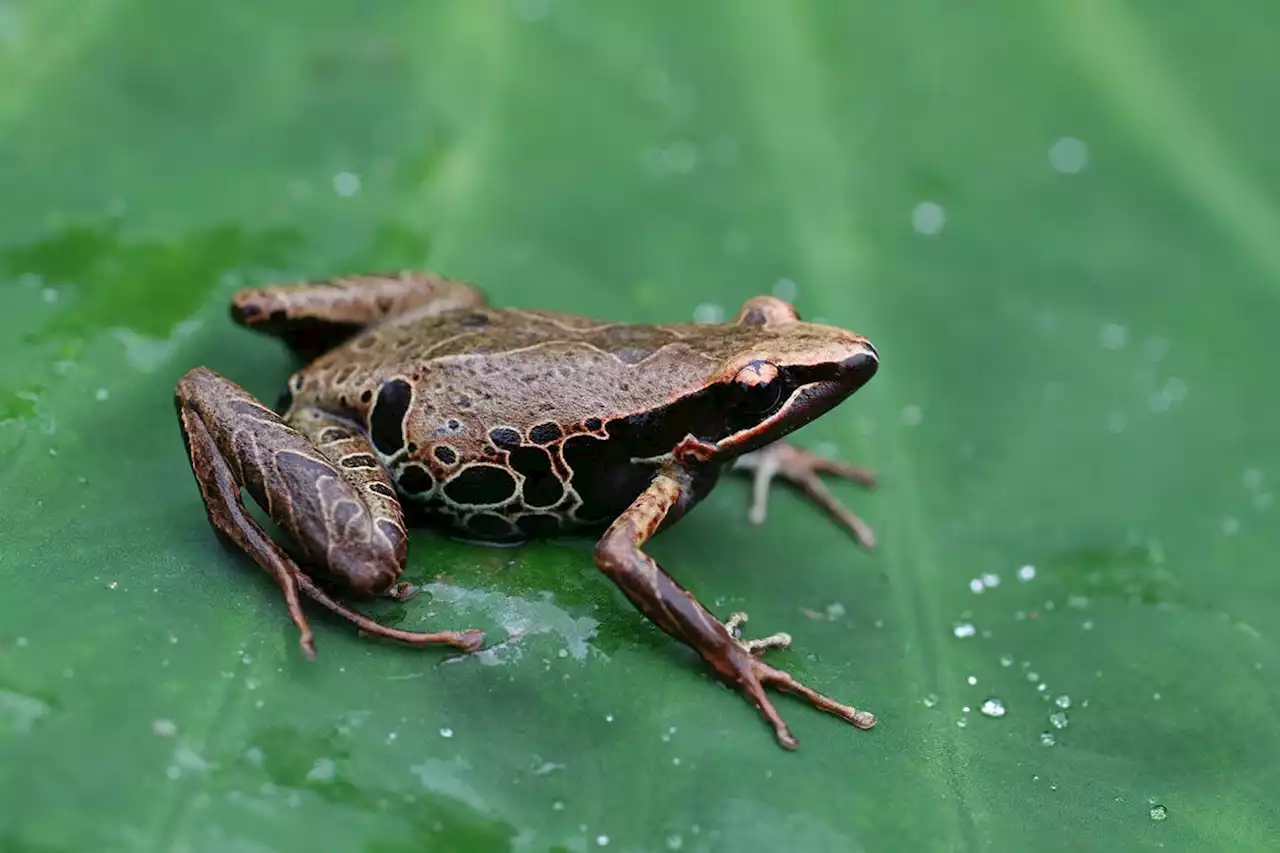 Fungus that kills frogs and amphibians is rapidly spreading in AfricaAcross Africa there has been a surge in a fungus that causes heart failure in amphibians over the past two decades, which could devastate the continent’s amphibians as it has elsewhere
Fungus that kills frogs and amphibians is rapidly spreading in AfricaAcross Africa there has been a surge in a fungus that causes heart failure in amphibians over the past two decades, which could devastate the continent’s amphibians as it has elsewhere
Read more »
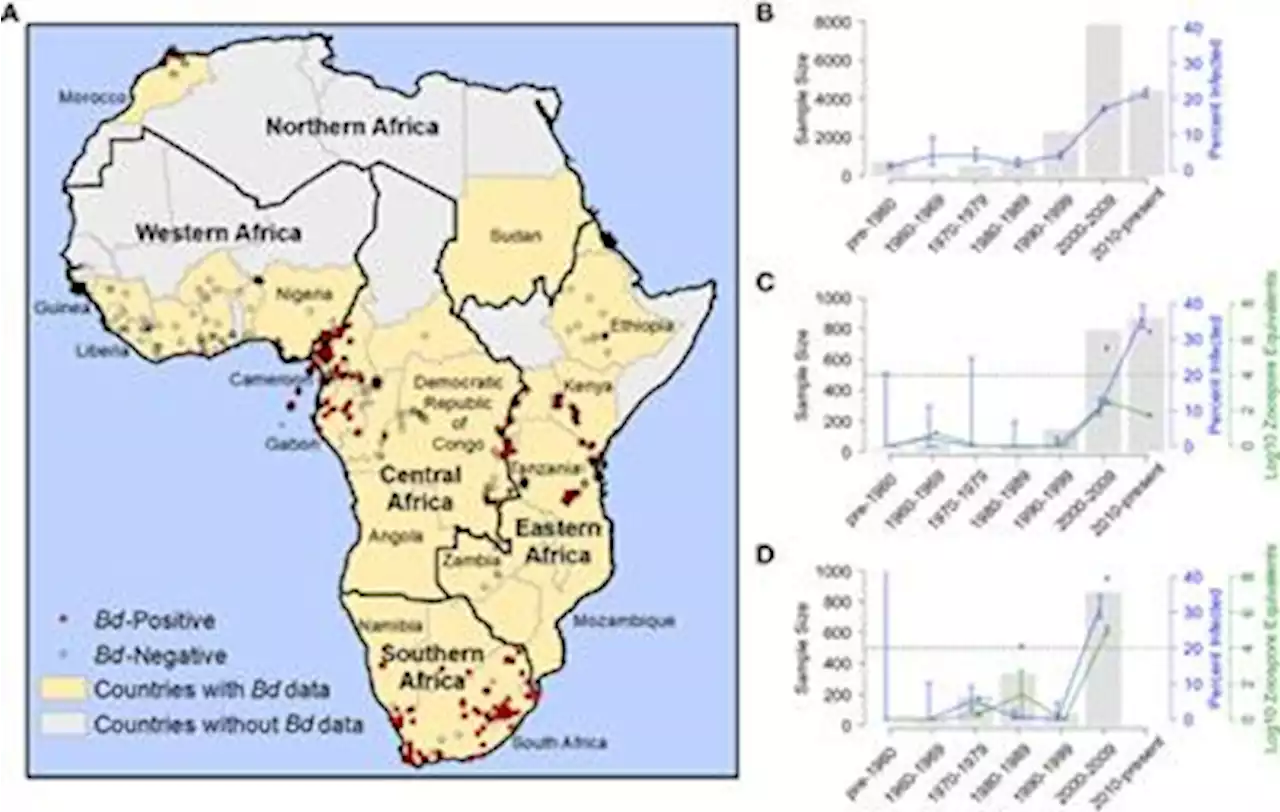 Frontiers | Continent-wide recent emergence of a global pathogen in African amphibiansEmerging infectious diseases are increasingly recognized as a global threat to wildlife. Pandemics in amphibians, caused by the fungal pathogen Batrachochytrium dendrobatidis (Bd), have resulted in biodiversity loss at a global scale. Genomic data suggest a complex evolutionary history of Bd lineages that vary in pathogenicity. Africa harbors a significant proportion of global amphibian biodiversity, and multiple Bd lineages are known to occur there; yet, despite the decline of many host species, there are currently no reported Bd-epizootics there. Here, we describe the historical and recent biogeographical spread of Bd and assess its risk to amphibians across the continent of Africa. We provide a 165-year view of host-pathogen interactions by (i) employing a Bd assay to test 4,623 specimens (collected 1908–2013); (ii) compiling 12,297 published Bd records (collected 1852–2017); (iii) comparing the frequency of Bd-infected amphibians through time by both country and region; (iv) histologically identifying evidence of chytridiomycosis; (v) genotyping Bd lineages, and (vi) using a habitat suitability model to assess future Bd risk. We found a pattern of Bd emergence beginning largely at the turn of the century. From 1852–1999, we found low Bd prevalence (3.2% overall) and limited geographic spread, but after 2000 we documented a sharp increase in prevalence (18.7% overall), wider geographic spread, and multiple Bd lineages with indications of hybridization. We found that Bd risk to amphibians was highest in much of eastern, central, and western Africa. Our study documents a largely overlooked yet significant increase in a fungal pathogen that could pose a threat to amphibians across an entire continent. We emphasize the need to bridge historical and contemporary datasets to better describe and predict host-pathogen dynamics over larger temporal scales.
Frontiers | Continent-wide recent emergence of a global pathogen in African amphibiansEmerging infectious diseases are increasingly recognized as a global threat to wildlife. Pandemics in amphibians, caused by the fungal pathogen Batrachochytrium dendrobatidis (Bd), have resulted in biodiversity loss at a global scale. Genomic data suggest a complex evolutionary history of Bd lineages that vary in pathogenicity. Africa harbors a significant proportion of global amphibian biodiversity, and multiple Bd lineages are known to occur there; yet, despite the decline of many host species, there are currently no reported Bd-epizootics there. Here, we describe the historical and recent biogeographical spread of Bd and assess its risk to amphibians across the continent of Africa. We provide a 165-year view of host-pathogen interactions by (i) employing a Bd assay to test 4,623 specimens (collected 1908–2013); (ii) compiling 12,297 published Bd records (collected 1852–2017); (iii) comparing the frequency of Bd-infected amphibians through time by both country and region; (iv) histologically identifying evidence of chytridiomycosis; (v) genotyping Bd lineages, and (vi) using a habitat suitability model to assess future Bd risk. We found a pattern of Bd emergence beginning largely at the turn of the century. From 1852–1999, we found low Bd prevalence (3.2% overall) and limited geographic spread, but after 2000 we documented a sharp increase in prevalence (18.7% overall), wider geographic spread, and multiple Bd lineages with indications of hybridization. We found that Bd risk to amphibians was highest in much of eastern, central, and western Africa. Our study documents a largely overlooked yet significant increase in a fungal pathogen that could pose a threat to amphibians across an entire continent. We emphasize the need to bridge historical and contemporary datasets to better describe and predict host-pathogen dynamics over larger temporal scales.
Read more »
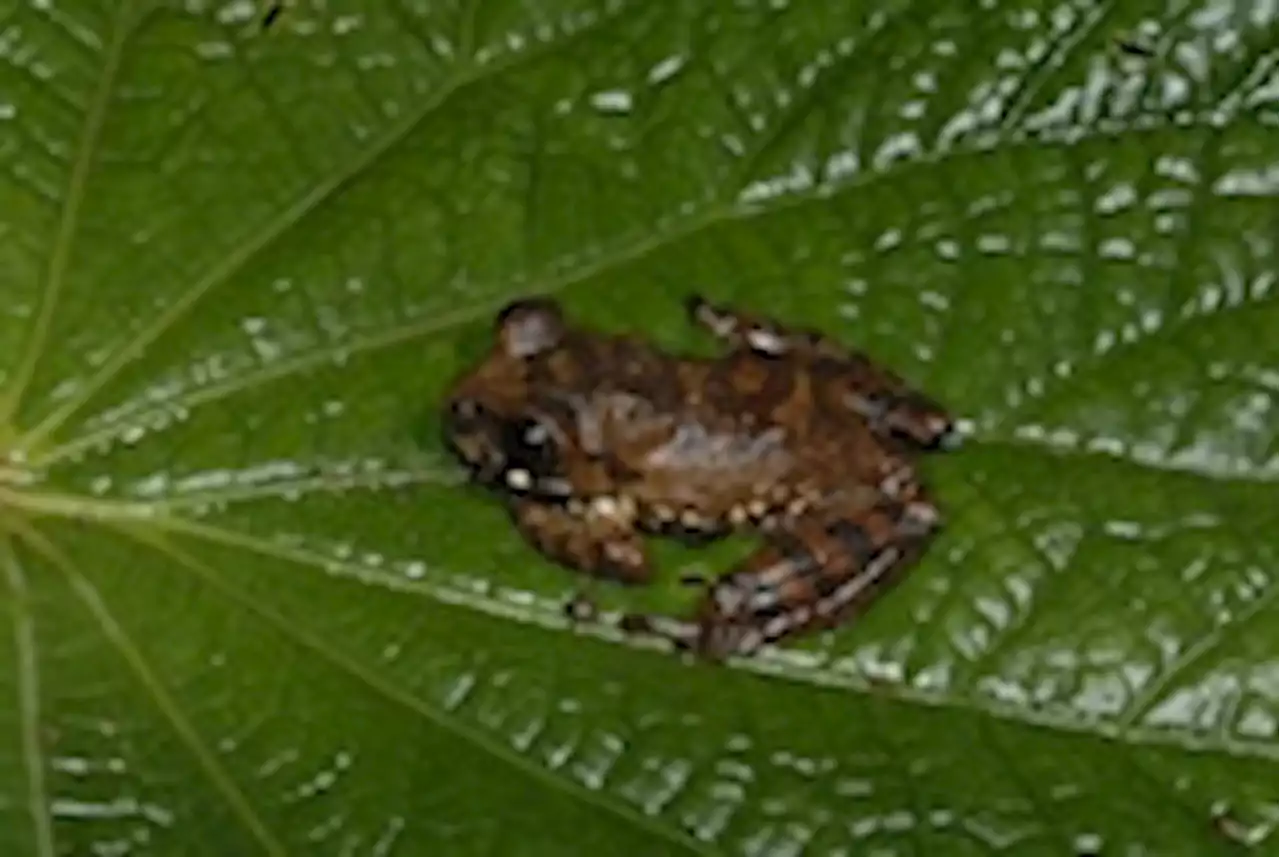 A killer fungus has spread in Africa, driving more amphibians to extinctionThe fungal infection called chytridiomycosis has swept through the diversity-rich continent in little more than two decades, a new study finds.
A killer fungus has spread in Africa, driving more amphibians to extinctionThe fungal infection called chytridiomycosis has swept through the diversity-rich continent in little more than two decades, a new study finds.
Read more »
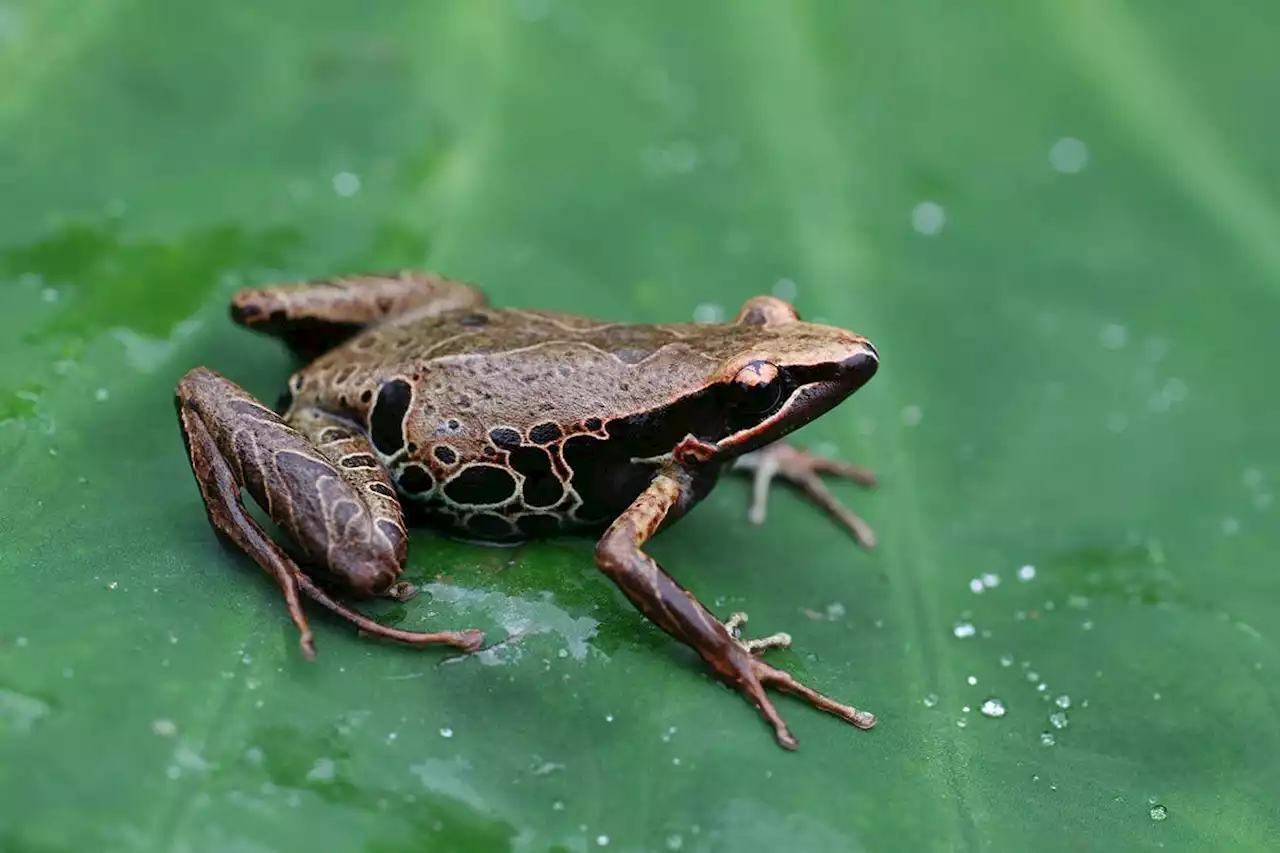 Fungus that kills frogs and salamanders is rapidly spreading in AfricaAcross Africa there has been a surge in a fungus that causes heart failure in amphibians over the past two decades, which could devastate the continent’s amphibians as it has elsewhere
Fungus that kills frogs and salamanders is rapidly spreading in AfricaAcross Africa there has been a surge in a fungus that causes heart failure in amphibians over the past two decades, which could devastate the continent’s amphibians as it has elsewhere
Read more »
 Fungus that kills frogs and amphibians is rapidly spreading in AfricaAcross Africa there has been a surge in a fungus that causes heart failure in amphibians over the past two decades, which could devastate the continent’s amphibians as it has elsewhere
Fungus that kills frogs and amphibians is rapidly spreading in AfricaAcross Africa there has been a surge in a fungus that causes heart failure in amphibians over the past two decades, which could devastate the continent’s amphibians as it has elsewhere
Read more »
 Fungus that kills frogs and salamanders is rapidly spreading in AfricaAcross Africa there has been a surge in a fungus that causes heart failure in amphibians over the past two decades, which could devastate the continent’s amphibians as it has elsewhere
Fungus that kills frogs and salamanders is rapidly spreading in AfricaAcross Africa there has been a surge in a fungus that causes heart failure in amphibians over the past two decades, which could devastate the continent’s amphibians as it has elsewhere
Read more »
